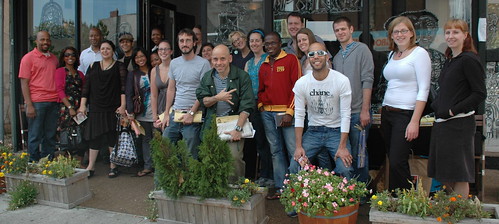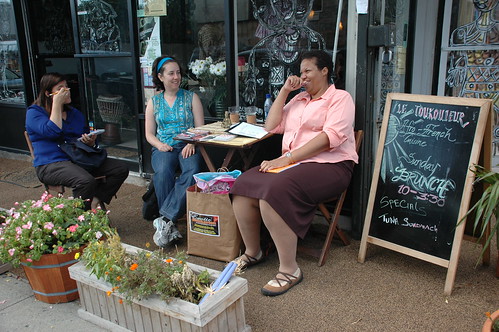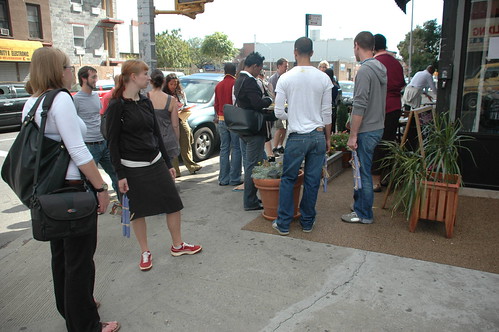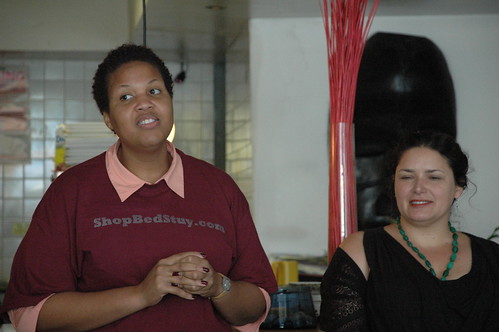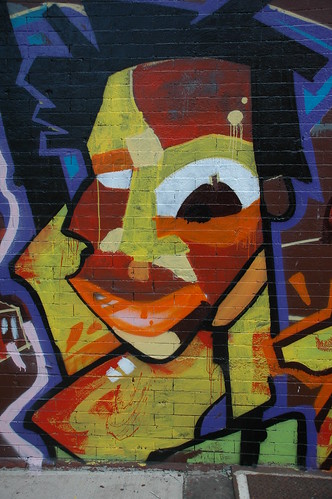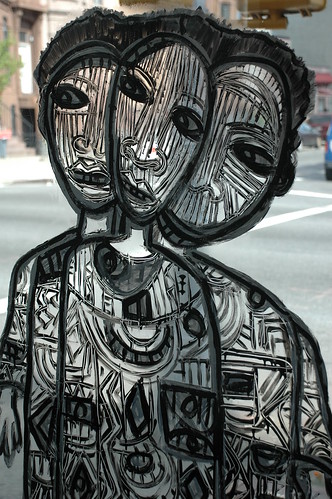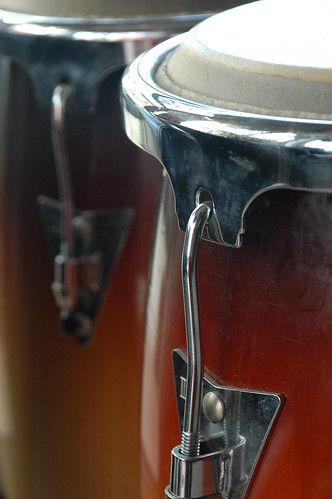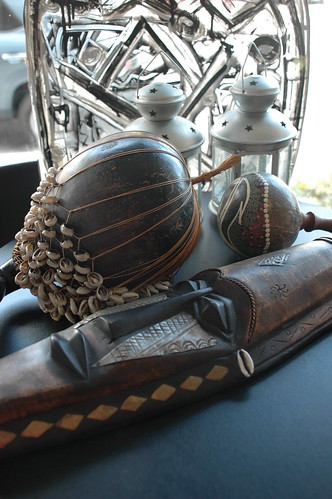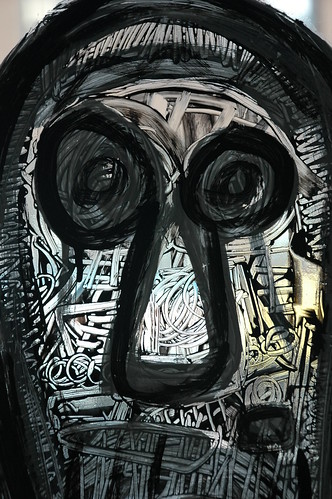[Updated 2006.09.09 02:45 EDT: Retitled; new URL. Cosmetic changes. Added link to Grief & Gardening #2.]
[Updated 2006.09.07 13:59 EDT: Updated Links section.]
[Updated 2006.09.06 17:17 EDT: Comments added.]
This may be a little long. It will come round to gardening. There’s a connection. I promise.
A couple of anniversaries have been on my mind:
1 year ago last Tuesday: Katrina strikes Louisiana, Mississippi and Alabama.
5 years ago next Monday: Terrorists strike the United States.
25 years this past June: AIDS “strikes” with the first CDC report of a cluster of pneumonia cases among gay men in Los Angeles.
Each of these has been in the news recently. Each has reminded me of my own experience of these, my own shock, grief, and trauma.
The ways we observe anniversaries is arbitrary. For example, I was shocked to tears for weeks by the Indian Ocean Tsunami of 2004, which killed 100 times more people than Katrina. The earthquake which precipitated it left the entire planet ringing like a bell. The observation of “25 Years of AIDS” at this year’s World AIDS Congress is pinned only to the first official report of a cluster of unusual deaths by the Centers for Disease Control in June of 1981. The timelines of epidemics don’t follow our categorizations of them.
Katrina

NOAA radar loop of Katrina
The night before Katrina made landfall, I was tracking its development and watching its progress through the radar loops on NOAA’s National Hurricane Center. I remember in particular the clearly visible eye. I knew this was bad, as this was an indication of the strength and organization of the storm. The morning after, I learned how bad it had been. The height of the storm surge, which hit Mississippi the worst, especially surprised me. The “secondary” impact following rupture of the levees in New Orleans underscored for me a truth I’ve learned from Zen: Pain is inevitable. People cause suffering.
9/11


I work in downtown Manhattan, just two blocks from Ground Zero. The week of September 10, 2001, my partner and I were vacationing in upstate New York. The morning of 9/11, we learned the towers had been struck from another hiker on the trail. The first tower had not yet collapsed. I wrote the following on September 14, 2001:
Monday we drove to Mohonk Mountain House, a grand and rustic retreat in the Shawangunk Mountains outside of New Paltz. None of the rooms have televisions. Our room had a wood-burning fireplace. Our balcony looked over Mohonk Lake to the surrounding cliffs and mountains. Mostly I said “Wow” a lot.
Across the lake from the lodge a peak, called Sky Top, rises several hundred feet [not quite, maybe 150 feet] above the lake. On Sky Top is a stone observation tower which looks over the lake, the lodge, and the surrounding cliffs and mountains. Tuesday morning [we] hiked to the peak and climbed to the top of the tower. On the way to the trailhead I overheard one woman saying to another something about a plane being hijacked. I didn’t think anything about it at the time. [We] were joyful to be together in such a beautiful setting. We were at peace with each other, and surrounded by nature.
As we climbed down the stairs inside the tower I was singing, “I love to go a-wandering …” As we turned the third flight of stairs down, we met an old man climbing up. I joked to him “Don’t mind me.” He looked up at us. His eyes were welled with tears. He said to us “Did you hear what happened?” That’s how [we] first learned that both towers of the World Trade Center had been struck by hijacked planes.
By the time we got back to the lodge, the staff had setup several televisions in public rooms. None of these went unattended before we left on Wednesday. Most of the afternoon and evening activities at Mohonk were cancelled. The evening’s scheduled film, “Deep Impact,” in which the world is struck by an asteroid, destroying the eastern seaboard cities of the United States, was replaced by “City Slickers.” By sundown, the flag flying over Mohonk Mountain House’s highest tower was at half-mast.
Sometime Tuesday morning the initial denial had broken and I was able to watch one of the large-screen videos setup in one of the rooms. I watched for the first of many times the South Tower explode and crumble.
Like most of the world, my initial experience of the events of that day was remote. However, I also worried about my colleagues downtown. I learned they were all okay, that none had been physically harmed, and our workplace was unscathed, though everything was closed down for the first week, and gradually resumed normal operations over the following weeks. I wrote the following on October 15, 2001:
I work two blocks from where the towers were. I’ve seen it from the street, from the roof of my office building, from our lunch room … I try to approach my presence in the city at this time as a naturalist, observing and recording changes in the physical environment and the behavior of its inhabitants. I want to remain present without withdrawing, so I can bear witness.The fires still burn. [They burned for months, into the winter.] Smoke still scents the surrounding streets and buildings. While rain has rinsed most of the gutters, ash still coats statues, windows and rooftops. In low and sheltered areas, the rain and ash mixed with shredded documents from the towers to create a gray papier mache. The “Missing Person” posters – and only those closest to them held any hope they would be “found” – and sidewalk memorials of candles and the poetry of anguish, rage, and hope, are slowly eroding.



AIDS
Preceding all these singular events of recent history is the AIDS epidemic. I moved to New York City in the winter of 1979, and shortly thereafter settled in the East Village. This was an epicenter of what was first called “gay cancer,” then GRID, Gay-Related Immunodeficiency Disease, and, finally, AIDS, Acquired Immune Deficiency Syndrome.
Years ago, I gave up trying to keep track of how many people I’ve lost to AIDS. Lovers, boyfriends, friends, neighbors, acquaintances, shopkeepers, bar buddies … Where do you draw the line? I estimate that half of everyone I ever knew from that time of my life has died, but I will never know, and there is no way to know. A community, a way of life, was destroyed. I took solace in reading about the Black Death in Europe in the 14th Century, during which 30-50% of whole towns died. The devastation was so great and sudden that it led to the collapse of the feudal system: there simply were not enough people to work the land. That level of disruption was something I could relate to; I was living it.
This is a poem I wrote in July of 1993 on learning of the death of one of these friends, David Kirschenbaum, whom I knew from the New York City Gay & Lesbian Anti-Violence Project:
what would it mean
even to say goodbye
my words do not grant
another breath
searching for the grief
that must be felt
as I recall other men
other names
if I could let go
lose control
permit my tears
what would it change
it ends, it is final
no room for regrets
no hopes for another chance
it is over
helpless, in the face of death
living is the best revenge
Gardening
How does all this connect me to my garden, to gardening? The following also comes from my journal entry of October 15, 2001. I don’t think I could say it better today:
As I tend my garden, I recall how it was a minute, a day, a year ago. That flower was, or was not, blooming yesterday. This plant has grown over the years and now crowds its neighbors. A label in the ground shows where another plant has vanished. Should I replace it, or try something new? I weed. I plant. I water. I sit. The garden asks me to see it as it really is, not just how I remember it, or how I wish it to be. Gardening continues to teach me many lessons. Gardening is my prayer.
So I must be in the world. Remembering what was. Observing what is. Hoping for what can be. Acting to bring it into being. When we struggle to understand, we question what is. Science can ask, and eventually answer, “What?” and “How?” It cannot answer the one question that matters, the question for which Man created God: “Why?” Now, as with each new loss, I ask again: Why am I here? Why am I alive?
The only answer I’ve come across which satisfies me at all comes from Zen: The purpose of life is to relieve suffering. Not to relieve pain, or grief, or loss. These cannot be avoided. But to relieve suffering, which we ourselves bring into the world. Because death is senseless, the only sense to be found is that which we manifest in our own lives. The only meaning there can be in life is what we impart.
Related Contents
Grief & Gardening #2
My journal of September 11, 2001
My photos from September 11, 2001 (flickr set)
Links
Katrina
Wikipedia article on Katrina
NOAA Katrina archive
September 11
Librarians’ Internet Index compilation of 9/11 Web Sites
AIDS
An excellent “biography” (timeline) of AIDS in New York by New York magazine

